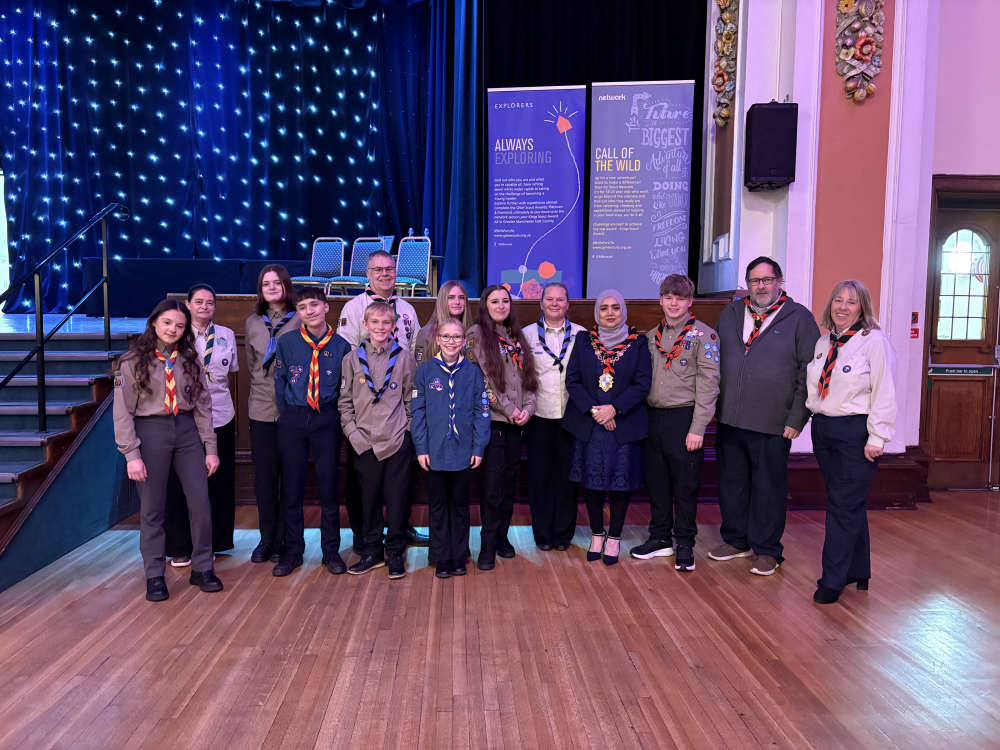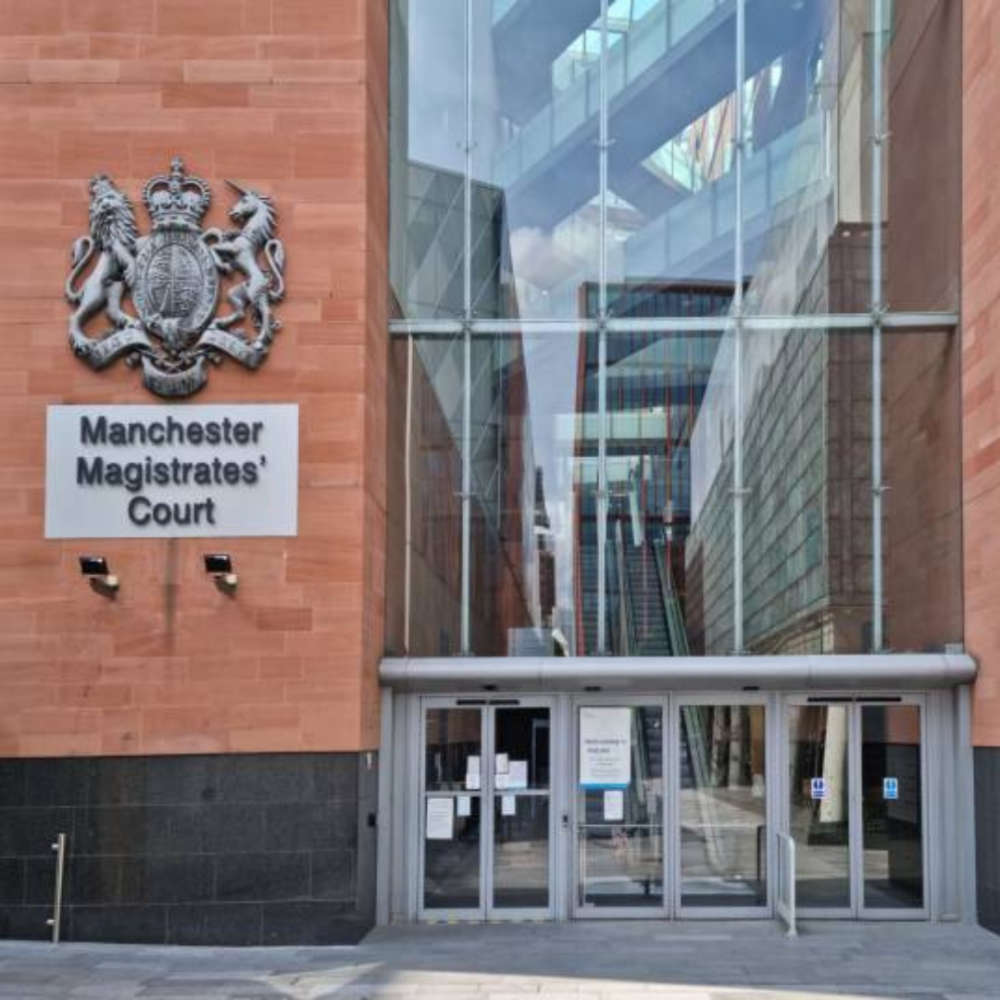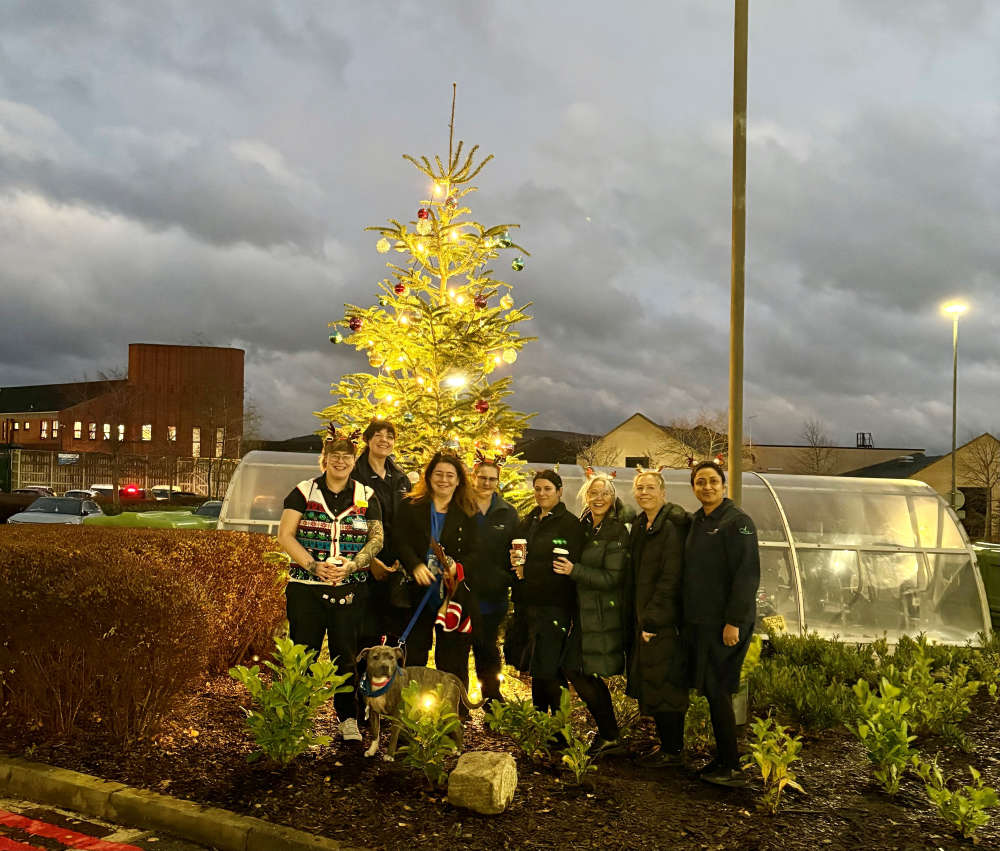
The restoration will help to protect this scheduled monument and to ensure future generations can enjoy it.
The work on Mam Tor will help to preserve the site’s history and repair erosion caused by high visitor numbers.
A helicopter spent the day airlifting materials onto the summit of the popular tourist spot of Mam Tor on Monday, marking an important step in the next phase of the National Trust’s restoration project of the scheduled ancient monument and hillfort, which dates from the Bronze Age.
This famous hill is a popular place to enjoy stunning views of the Peak District and a favourite for walkers exploring the area. So far this year, around 700,000 people have walked to the top of Mam Tor. It is also a nationally important archaeological site which was occupied by settlers for thousands of years over the Bronze and Iron Age because of its hilltop position.
The work on Mam Tor will help to preserve the site’s history and repair erosion caused by high visitor numbers. The restoration work on the hillfort’s ancient earthwork banks, known as ramparts, will happen in stages, taking several years to complete.
The helicopter lift is the latest stage in the project. Chris Lockyer, Area Ranger for National Trust in the High Peak, explained: “It is exciting to see the materials being delivered to the areas we need them to allow us to continue the process of restoring the land to the state it was in before the erosion happened. It is vital we carry out this work to protect this scheduled monument and to ensure we can play our part in ensuring future generations can enjoy it.”
As part of the work, repairs will be made to the footpaths to encourage visitors to walk on established routes rather than climb the historic earthworks, such as the ramparts and burial mound.
Using the helicopter to take the materials from a lift site on the old Castleton to Mam Tor Road, now known as the ‘Broken Road’, up to the summit was crucial to ensure the materials needed for the project could be delivered easily and efficiently to areas which have no vehicle access. The helicopter carried materials which will be used to restore the archaeological features, as well as stone for path repairs. It also flew the timber needed for repairing and installing fencing and knee rails.
As the project continues, National Trust rangers and volunteers will rebuild and restore the profile of the affected areas with hessian and topsoil, as well as reseed where bare soil has been exposed.
Alongside the restoration work, improvements are being made to Mam Tor car park and the wider area.


 Police warn against buying e-scooters for Christmas
Police warn against buying e-scooters for Christmas
 Scouts celebrate awards night successes
Scouts celebrate awards night successes
 Tintwistle man found guilty of stalking
Tintwistle man found guilty of stalking
 Paws, treats and festive cheer
Paws, treats and festive cheer


